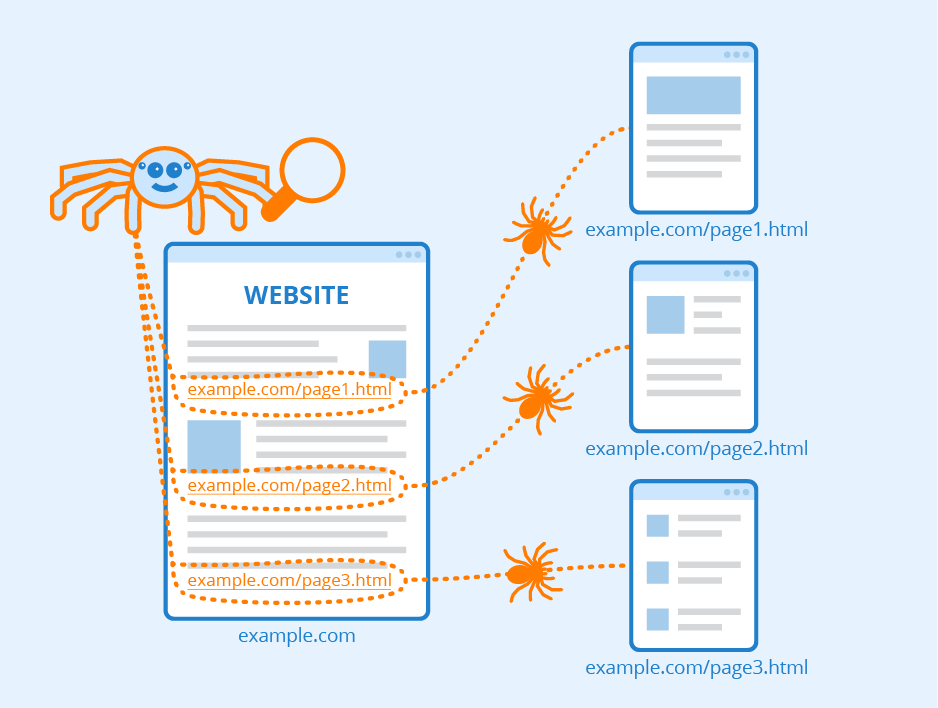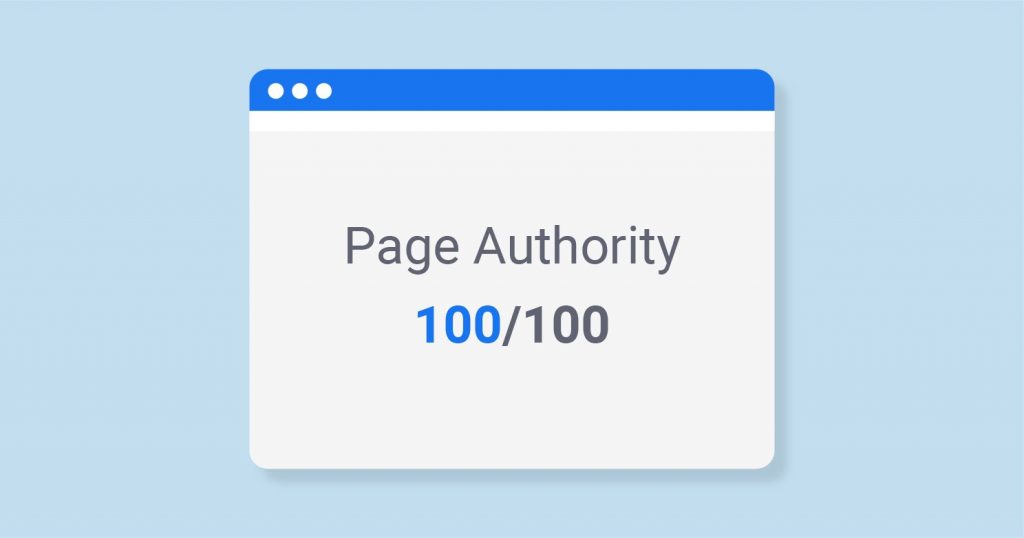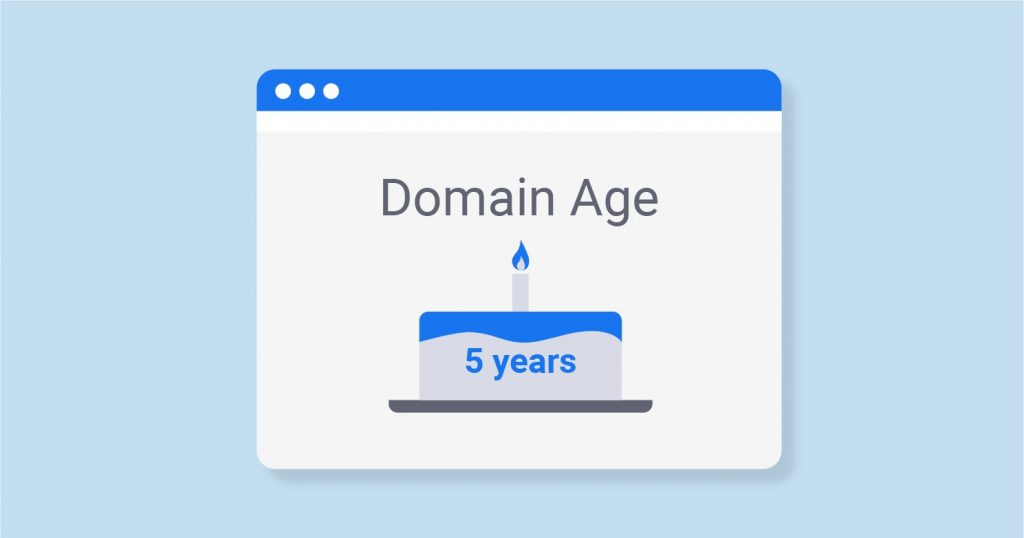
Growing Trends in SEO
The rules of SEO (search engine optimization) are constantly changing, leaving marketers scrambling to try to keep up with the latest ways to get free traffic from the search engines. The search engine algorithms that determine what position a URL gets in the search engine results pages (SERPs) are forever changing, especially at Google. Keeping up to date can mean the difference between a top spot and falling out of the rankings completely.
The Main Elements to Search Engine Algorithms
There are three main elements to most search engine algorithms, or formulas: content, authority and age of the domain. Let’s look more closely at each one.

1. Content
Content is of course the most important. The words on the page, commonly referred to as keywords, serve as signals to Google and to humans as to what it is about. The formula calculates relevance based on those words – not just on their own, but taken as a whole in relation to each other, something called semantic support.

2. Authority
Authority is determined in various ways. It used to be the number of quality links pointing to your site, and your amount of traffic. But links are not as important as they once were, and the only links to really aim for are high-quality ones from well-respected websites. Mutual links cancel each other out. Paid links and links from poor-quality sites can actually do damage to your reputation.

3. Age of domain
Older websites tend to get more highly rewarded than new ones, most likely because they have more quality links built up over time. Having said that, even if you site is quite new, you can still get traffic if you are set up as a blog, because Google loves recent content. If your content is really up to date, you might even get a listing in Google News as well as the regular search engine. The important thing is to create high-quality content consistently and on a regular basis.

Other Important Influencers
There are several other factors to keep in mind when it comes to new SEO rules.
1. Mobile Friendliness
Your content must be mobile friendly. Google can see which device people are using and will only list mobile-friendly sites in the results they deliver to them. If you have an old site, it is time to update it. If you have a WordPress blog, your site should be accessible and attractive-looking.

2. Page Speed
Google and other search engines reward sites which load faster, with no lag time where visitors have to wait for clunky images and so on to appear. No one wants to wait around for their information, so check the speed of your site at a site such as Pingdom and if you can, make all the changes they recommend.
Link – https://tools.pingdom.com/

3. Add Media
Video, audio, podcasts and images can all get you additional listings in relation to a page, not just the content on the page itself. Google allows images to be searched, and includes YouTube videos right on the search engine results pages. Name all of these items using keywords to boost your SEO and make them discoverable.

4. Make the Most of Social Media
Social media is a great way to make your site more visible and get backlinks to it, which can count as SEO credit. Comments, likes, shares and so on convey to Google that your site is relevant and worth paying attention to.

6. Long-Form Content
Create longer articles or posts of around 2,000 words to lure the search engines with meaty content and lots of interesting keywords.
Use these tips to make sure that you get found by the search engines.

